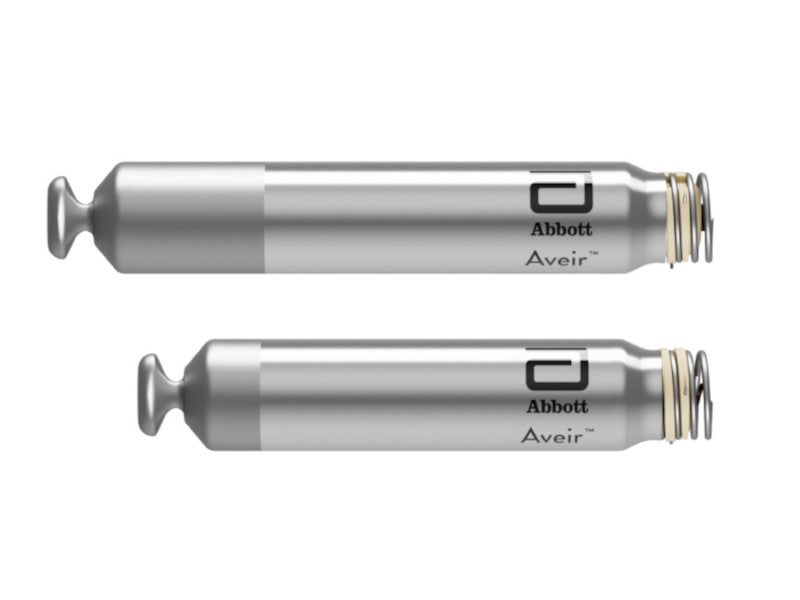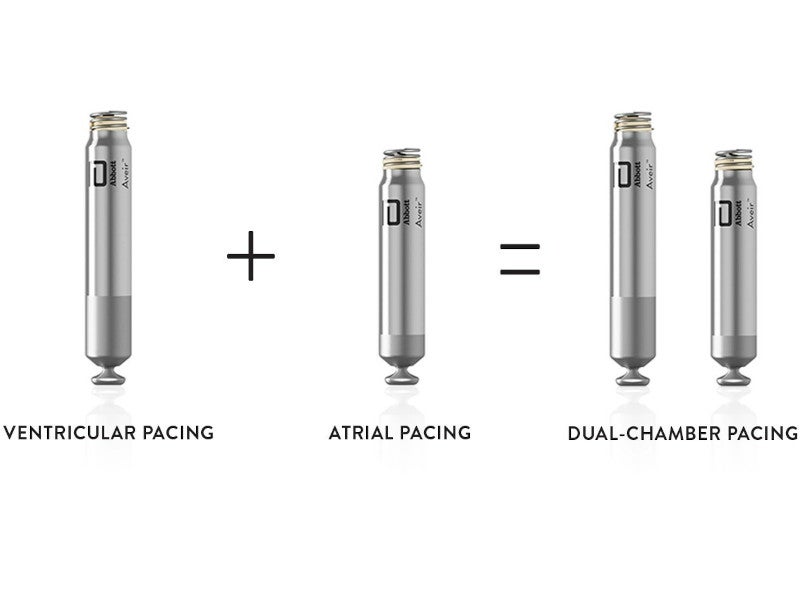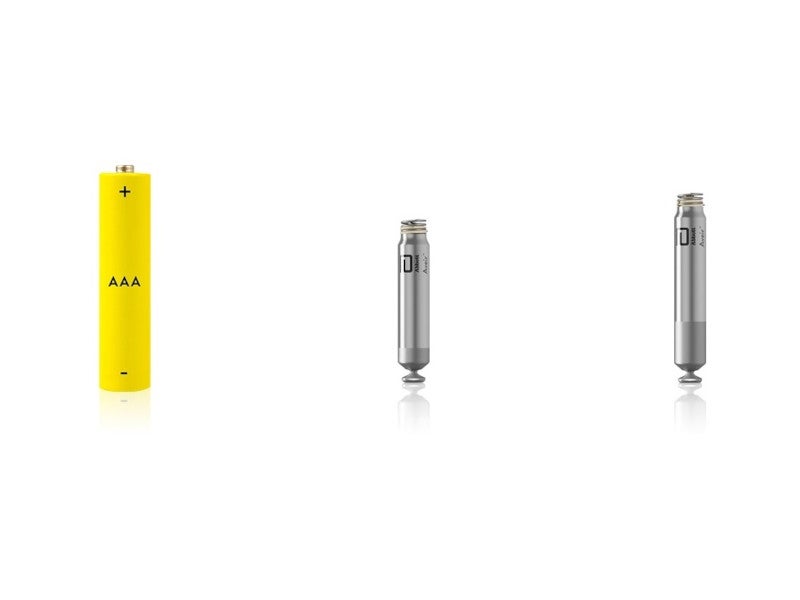The AVEIR Dual Chamber (DR) leadless pacing system is designed and developed by Abbott, a US-based medical device company, to treat abnormal or slow heart rhythms.
The pacemaker received the US Food and Drug Administration (FDA) approval in July 2023 and is recommended for the management of one or more chronic conditions, including syncope, pre-syncope, fatigue, and disorientation.
The pacemaker is conditionally safe for use in the magnetic resonance imaging (MRI) environment when used according to the directions in the MRI-ready leadless system manual.
Benefits of leadless pacemakers
Unlike conventional pacemakers, leadless pacemakers are inserted directly into the heart via a minimally invasive procedure and do not require cardiac leads and a pulse generator under the skin.
Leadless pacemakers, therefore, lower people’s exposure to potential lead and infection-related issues while also providing a less constrained and shorter post-implantation recovery time.
Abbott’s AVEIR DR leadless pacemaker system, which is approximately one-tenth the size of a conventional pacemaker, offers a new minimally invasive alternative to treat people with slow or aberrant heart rhythms.
AVEIR DR leadless pacemaker design and details
The AVEIR DR leadless pacemaker comprises two approved single chamber devices, namely the AVEIR ventricular (VR), which paces the right ventricle; and the AVEIR atrial (AR), which paces the right atrium.
Abbott’s first-of-its-kind proprietary implant-to-implant (i2i™) technology in the system allows beat-to-beat communication and synchronisation between the two leadless pacemakers, according to the patient’s clinical requirement, offering them dual-chamber leadless pacing therapy.
The AVEIR DR pacemaker, integrated with battery and electrodes for implantation in the right ventricle and/or right atrium, provides bradycardia pacing as a pulse generator within the implanted chamber after sensing intrinsic cardiac signals. It can also be used in combination with a different co-implanted leadless pacemaker to offer dual chamber pacing treatment.
AVEIR DR leadless pacemaker features
The AVEIR DR pacemaker is slimmer and smaller than a AAA battery. It is attached to the heart’s interior surface using a screw-in mechanism called a helix. The mechanism allows the system to be retrieved in the future, or if the therapy requirements evolve or the device needs to be replaced.
The system is also designed to analyse the pacing in real time, enabling physicians to assess the correct placement of the device inside the heart chamber during the procedure.
Technology details of the AVEIR DR
Abbott’s i2i communication technology makes use of high-frequency pulses to transmit messages through the natural conductive properties of the bloodstream, connecting each leadless pacemaker.
Each implant communicates with a paired, co-implanted device in a coordinated manner to support dual-chamber therapy.
Conductive communication is crucial because it uses much less battery current than inductive, radio frequency, or Bluetooth communications, the other options used in conventional pacemakers or other implantable medical devices.
Clinical trials on AVEIR
The FDA approval of the AVEIR DR leadless pacemaker device was based on the results of a prospective, multi-centre, international, single-arm, and pivotal AVEIR DR i2i Investigational Device Exemption (IDE) clinical trial.
The clinical trial evaluated the safety and performance of the pacemaker with three predetermined primary endpoints.
The first 300 patients were enrolled in the trial across 55 locations in the US, Canada, and Europe. The design objectives of AVEIR DR include technologies that enable true dual-chamber leadless pacing by regulating the heart rate simultaneously and continuously between both chambers.
The AVEIR DR i2i IDE study results showed a 98.3% implant success rate while over 97% of patients had successful atrioventricular (AV) synchrony through three months post-implantation.
AV synchrony occurs when the heart’s upper and lower chambers beat normally, regardless of the underlying slow heart rhythms.
In each of the seven different postures and walking speeds, patients exhibited an average AV synchrony of more than 95%, indicating the pacemaker’s suitability for performing effectively during daily life activities.






